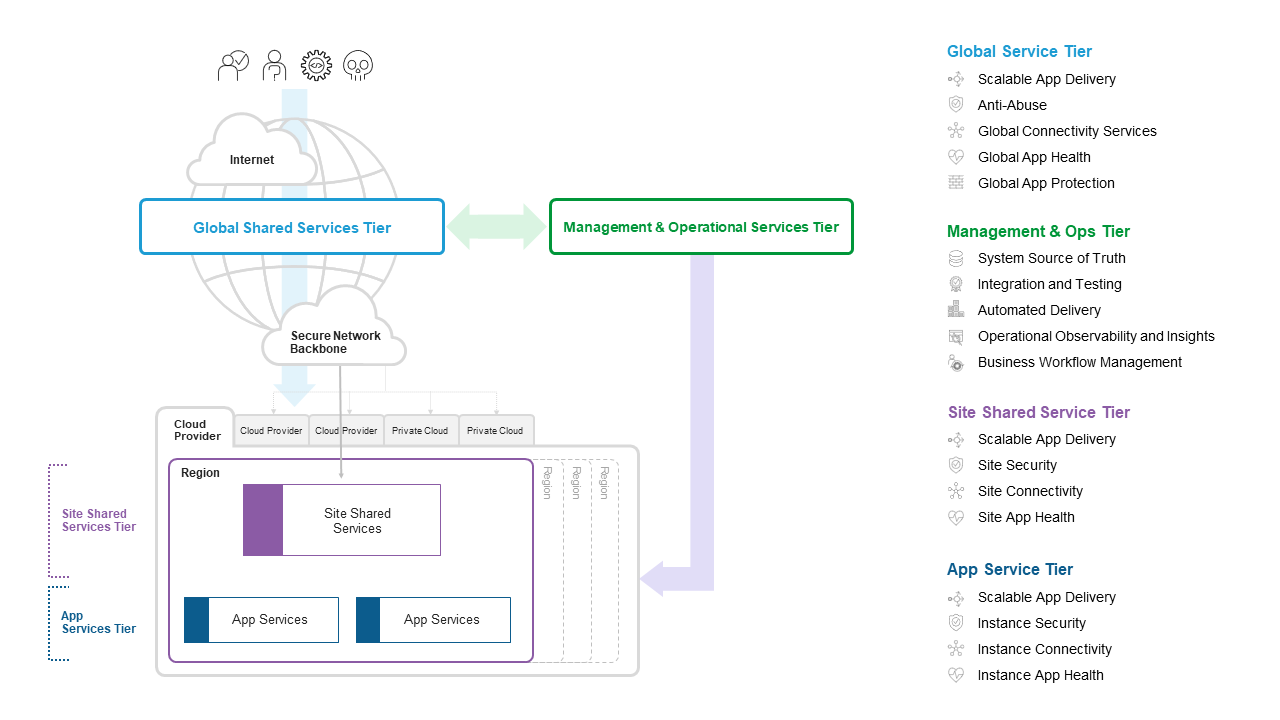La technologie est formidable (mais les codes du bâtiment ont été inventés pour une raison)
Les technologues élargissent l’art du possible depuis des millénaires. Au cours des vingt derniers milliers d’années, nous sommes passés de l’utilisation des pierres à l’exploitation de la puissance des plantes, de l’eau, du vent et du minerai. Ces transformations ont élargi nos capacités, nos compétences et notre qualité de vie. Ces transformations s’accompagnent de la nécessité de modifier nos façons de travailler et de vivre. Pensez aux immeubles de grande hauteur modernes. Ce sont des merveilles d’ingénierie technique et sociale. Ils sont l’incarnation physique de millénaires de progrès humain. Il y a des centaines d’années, les possibilités techniques offertes par la pierre et le mortier signifiaient que les bâtiments étaient limités en hauteur, en isolation et n’étaient abordables que pour les individus appartenant à l’élite sociale. La convergence de la technologie, des connaissances et des processus s’est développée ensemble, produisant des structures plus hautes, plus efficaces et plus résilientes au cours du siècle dernier. L’introduction de la construction en verre et en acier a considérablement élargi les possibilités de conception des bâtiments, conduisant à la transformation verticale des villes.
À mesure que les bâtiments s'élevaient, leur conception, leur utilisation et leur fonctionnement changeaient. À mesure que nous avons emménagé dans ces grandes tours de verre, notre façon de vivre et de travailler ensemble a considérablement changé. Nos lieux de travail sont devenus des écosystèmes autonomes dotés de services de restauration, d’ascenseurs à grande vitesse et de systèmes de climatisation sophistiqués. Les impératifs de sécurité et de santé ont nécessité de revoir les systèmes de protection contre les incendies, d’évacuation et de qualité de l’air. Grâce à ces innovations, nos lieux de travail – du moins jusqu’aux récentes tendances du « travail à domicile » liées à la pandémie – sont passés d’une poignée de collègues à des milliers de collègues. Nos lieux de travail sont passés d’endroits où nous cohabitions avec notre bétail à des endroits dotés d’installations d’exercice. Et nos lieux de travail sont passés du statut de maison à celui de lieu de migration quotidienne massive de centaines de milliers de travailleurs.
De même, les plateformes de distribution d’applications et les technologies d’exploitation modernes modifient la manière dont nous travaillons ensemble pour fournir des services d’application. En quelques années, le temps nécessaire pour fournir de nouvelles capacités est passé de quelques mois ou années à quelques jours ou minutes. La convergence de la technologie, des connaissances et des processus a permis d’accélérer considérablement la vitesse de création de valeur numérique. Alors que nous nous efforçons de maximiser la valeur de ces nouvelles plateformes, nous découvrons de nouvelles exigences de sécurité et de fiabilité auxquelles répondre. Nous devons permettre aux développeurs et aux opérateurs d’applications de disposer de capacités rationalisées pour améliorer et mettre à jour les services d’application. Simultanément, nous devons défendre les entreprises et les clients contre les charges de travail malveillantes, les risques liés à la chaîne d’approvisionnement et le trafic abusif.
Une approche adaptative de la prestation de services peut concilier ces demandes pratiquement contradictoires. La méthode adaptative comprend une architecture à plusieurs niveaux, des mesures de performance axées sur les processus et des recommandations de pratiques d'ingénierie modernes.
La réutilisation des solutions et la vitesse de changement sont améliorées grâce à l'utilisation d'une architecture adaptative à plusieurs niveaux pour segmenter votre paysage de prestation de services en quatre domaines clés :
- Niveau de gestion et d'exploitation
- Niveau mondial
- Niveau du site
- Niveau d'application
Parallèlement, les pratiques d’amélioration continue (telles que Kaizen) transforment les processus de développement et d’exploitation pour améliorer des indicateurs tels que :
- Fréquence de livraison
- Temps moyen de récupération
- Temps moyen entre pannes
- Délai de création de valeur
Enfin, les pratiques d’ingénierie logicielle gèrent le code d’application et d’infrastructure via :
- Gestion du code source et de la configuration
- Automatisation du déploiement
- Automatisation des tests
- La sécurité plus tôt (« shift left ») dans le cycle de vie de la prestation de services
- Accouplement lâche
- Notification proactive
Dans l’ensemble, l’utilisation d’une approche adaptative pour la conception, le déploiement et l’exploitation de votre environnement de prestation de services vous permettra de mieux :
- Exploitez le potentiel offert par votre technologie actuelle et nouvelle
- Répondre aux besoins de l'entreprise de manière agile
- S'adapter rapidement aux menaces
- S'adapter avec fluidité aux opportunités des nouvelles technologies
En fin de compte, les contraintes adaptatives appropriées aident les organisations à évoluer plus rapidement et avec plus de sécurité, en équilibrant l’art du possible en constante expansion avec le domaine du responsable. Votre paysage de distribution d’applications se trouve à la confluence de l’innovation technologique, des menaces de sécurité et de l’invention commerciale. Chacun d’entre eux exerce une influence de plus en plus rapide sur la manière dont votre entreprise fonctionne et sur ses raisons d’être. Les fournisseurs de technologie proposent des fonctionnalités nouvelles et améliorées selon des cycles hebdomadaires. Les mauvais acteurs menacent sans cesse vos services applicatifs avec un certain nombre d’attaques manuelles et pilotées par des robots. Dans le même temps, vos collègues s’efforcent en permanence de créer des expériences client nouvelles et exceptionnelles. Par conséquent, adapter continuellement votre environnement de distribution d’applications à ces défis renforcera les forces de votre organisation et atténuera ses faiblesses, jetant ainsi les bases d’un avenir sûr et prospère.

